Dive Into Fitness: Swimming Workouts for Beginners
Swimming offers numerous benefits as a form of exercise, including its low impact on joints and high cardiovascular benefits. The buoyancy of water reduces stress on joints, making it an ideal choice for individuals with injuries or chronic pain. Meanwhile, swimming provides an excellent cardiovascular workout, improving heart health and increasing endurance.
Swimming is an excellent form of exercise that can be enjoyed by people of all ages and fitness levels. It's a low-impact activity that easy on the joints, making it perfect for those who are just starting out on their fitness journey. Whether you're a seasoned athlete or a complete beginner, swimming offers a variety of benefits that can help improve your overall health and well-being. In this article, we'll explore some beginner-friendly swimming workouts that can help you get started on your fitness journey.
Workout 1:
Warm-up and Stretching
- Start with a 5-minute gentle swim or water aerobics session to get your heart rate up and loosen your muscles.
- Gradually increase your intensity over the next 5 minutes, adding in some light strokes or movements.
- Finish the warm-up with 2-3 minutes of steady, moderate swimming or water aerobics to prepare yourself for the rest of the workout.
Here are some basic stretches that can be done in the water:
Arm Circles:- Hold arms straight out to sides at shoulder height
- Make small circles with hands for 10-15 repetitions
- Switch direction of circles
- Stand with feet shoulder-width apart
- Slowly swing one leg forward and backward, keeping knee straight
- Repeat with opposite leg
- Stand with feet together
- Take large strides to side, keeping legs straight
- Bend knees slightly and lower body toward bottom of pool
- Push off bottom of pool and repeat on other side
Workout 2:
Water Walking and Jogging
Here are some examples of interval training using water walking and jogging:
- Alternate between 5 minutes of brisk water walking and 5 minutes of jogging in the water.
- Do 20 seconds of fast water jogging followed by 40 seconds of recovery walk. Repeat for 10-15 rounds.
- Walk in the water for 2 minutes, then jog for 1 minute. Repeat for 10-15 rounds.
- Alternate between 3 minutes of water walking and 2 minutes of jogging. Repeat for 20-30 minutes.
Workout 3:
Swimming Laps
If you're struggling with swimming long distances, don't be discouraged! Try taking breaks every few laps to rest and catch your breath. Use kickboards or flippers to help you stay afloat and conserve energy. Practice breathing techniques and focus on your technique to improve your efficiency in the water. With time and practice, you'll build up your endurance and be able to swim longer distances with ease.
Here are some suggestions for incorporating strength training exercises into lap swimming:
Squats:
Lunges:
Incorporate lunges into your swim routine by doing a lunge motion with each step as you move through the water. This will target your legs and hips.
Push-ups:
Incorporate push-ups into your swim routine by doing a push-up motion while in the water. You can either place your hands on the bottom of the pool or use a kickboard to support your upper body. This will target your chest, shoulders, and triceps.
By incorporating these exercises into your swim routine, you can increase the intensity of your workout and improve your overall fitness.
Aqua aerobics offers several benefits, including increased resistance and cardiovascular endurance. The water provides resistance, which helps to strengthen muscles and improve cardiovascular fitness. Additionally, the buoyancy of water reduces the impact on joints, making it easier to perform exercises and reducing the risk of injury. This makes aqua aerobics an excellent option for individuals looking to improve their fitness in a low-impact environment.
Workout 4:
Aqua Aerobics
Here's a sample aqua aerobics routine that includes various movements:
Warm-up:
5 minutes of marching in place
Jumping jacks:
3 sets of 30 seconds, followed by 30 seconds of rest
Burpees:
3 sets of 10 reps, followed by 30 seconds of rest
Mountain climbers:
3 sets of 30 seconds, followed by 30 seconds of rest
Cool-down:
5minutes of stretching
Cool Down and Stretching
Here are some bullet points reiterating the significance of stretching after a workout and demonstrating additional stretches specifically tailored for swimmers:
- Stretching after a workout helps improve flexibility, reduce muscle soreness, and enhance recovery.
- Swimmers should focus on stretching their shoulders, back, hips, and legs, which are commonly used during swimming.
- Additional stretches for swimmers include shoulder rolls, chest opens, and hip circles.
- Shoulder rolls involve rolling the shoulders forward and backward in a circular motion to loosen up the shoulder blades and improve flexibility.
- Chest opens involve standing with your feet shoulder-width apart and your hands on your hips, then opening your arms wide and leaning to one side to stretch the chest and shoulders.
- Hip circles involve standing with your feet together and your hands on your hips, then moving your hips in large circles to stretch the hip flexors and glutes.
- It's important to hold each stretch for at least 30 seconds and breathe deeply to maximize relaxation and flexibility.
Conclusion:
The article introduces four beginner-friendly swimming workouts: (1) Warm-up and stretching, (2) water walking and jogging, (3) swimming laps, and (4) aqua aerobics. These workouts cater to individuals new to swimming and seeking a low-impact, full-body exercise routine. They aim to improve cardiovascular health, strengthen muscles, and enhance overall fitness.Now that you've learned about these beginner-friendly swimming workouts, it's time to take action! Search for a local pool or gym with swimming facilities and dive into a new fitness routine. Don't be intimidated - start with short sessions and gradually increase your duration and intensity. Make swimming a fun and sustainable part of your health journey.
FAQ's Related To Beginner-Friendly Swimming Workouts
Q1. What are beginner-friendly swimming workouts?
ANS. These workouts are designed with beginners in mind, focusing on simple techniques and gradual progression to build confidence in the water.
Q2. How can swimming jumpstart my health journey?
ANS. Swimming is a full-body workout that improves cardiovascular health, strengthens muscles, and enhances flexibility, making it an ideal activity to kickstart your fitness journey.
Q3. Are swimming workouts suitable for all fitness levels?
ANS. Yes, swimming workouts can be tailored to accommodate various fitness levels, including beginners. They offer a low-impact option for those with joint issues or other physical limitations.
Q4. Do I need prior swimming experience to start these workouts?
ANS. No prior experience is necessary. These workouts are designed to introduce beginners to swimming techniques gradually, allowing you to learn and progress at your own pace.
Q5. What equipment do I need for beginner-friendly swimming workouts?
ANS. Basic swimming gear such as swimwear, goggles, and a swim cap are recommended. Additionally, a kickboard and pull buoy may be used for certain exercises.
Q6. How often should I do these swimming workouts?
ANS. It's recommended to start with 2-3 sessions per week and gradually increase frequency as you become more comfortable and proficient in the water.
Q7. Can swimming help with weight loss?
ANS. Yes, swimming is an excellent calorie-burning activity that can aid in weight loss when combined with a balanced diet and regular exercise routine.
Q8. Are there any safety precautions I should take when swimming?
ANS. Always swim in designated areas with supervision if necessary. Pay attention to your surroundings, avoid overexertion, and take breaks as needed.
Q9. How long should each swimming workout session be?
ANS. Beginners can start with shorter sessions, aiming for 20-30 minutes, and gradually increase duration as endurance improves. Listen to your body and adjust accordingly.
Q10. What are the benefits of incorporating swimming into my fitness regimen?
ANS. Swimming offers a wide range of benefits, including improved cardiovascular health, increased muscle strength and endurance, enhanced flexibility, stress relief, and overall well-being.

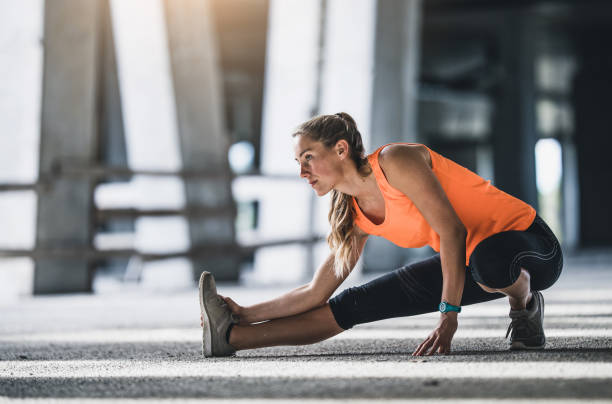





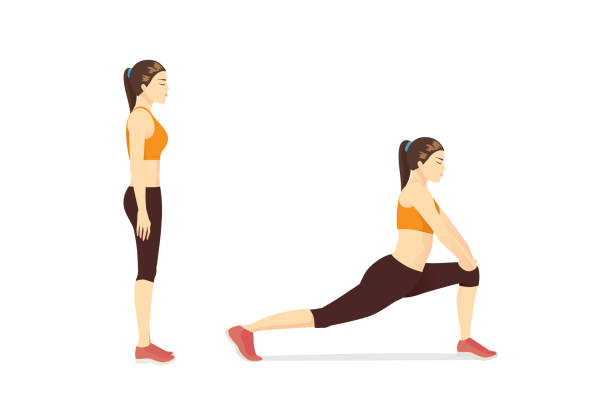
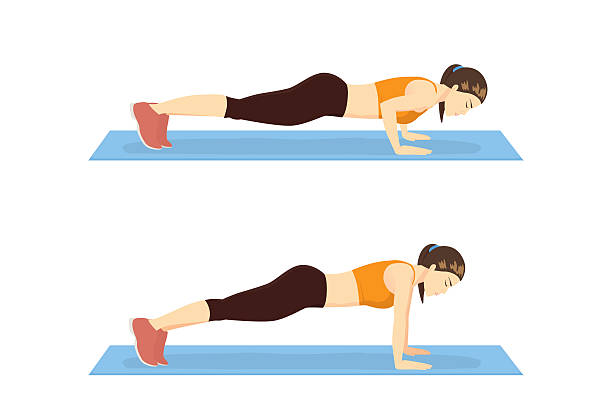

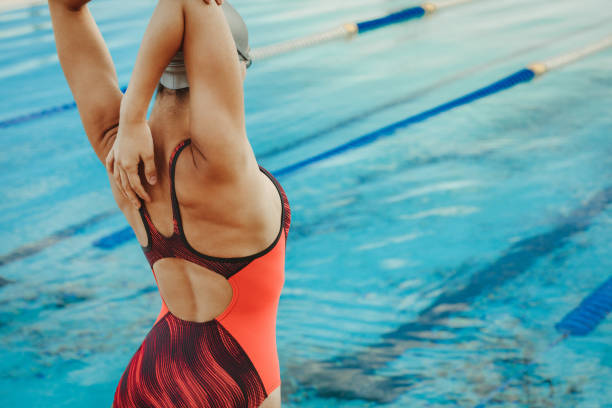
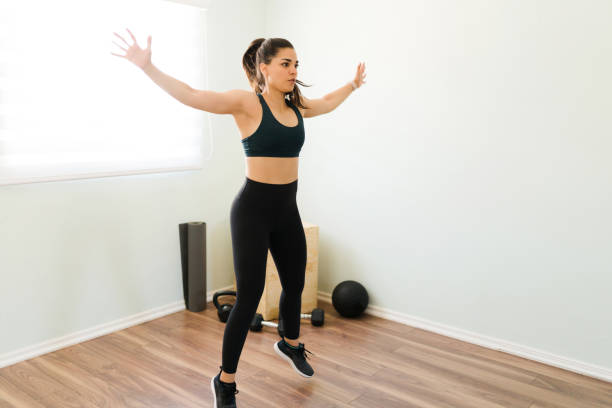

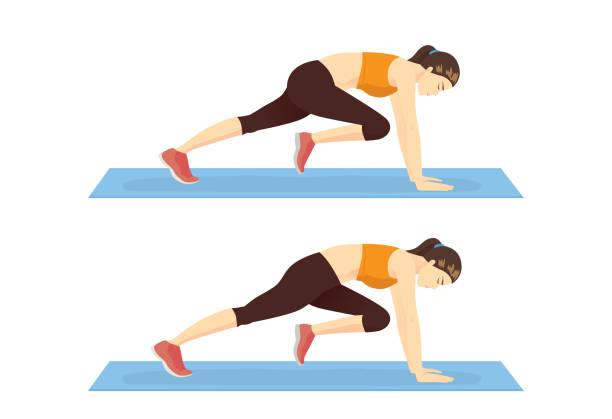


Comments
Post a Comment